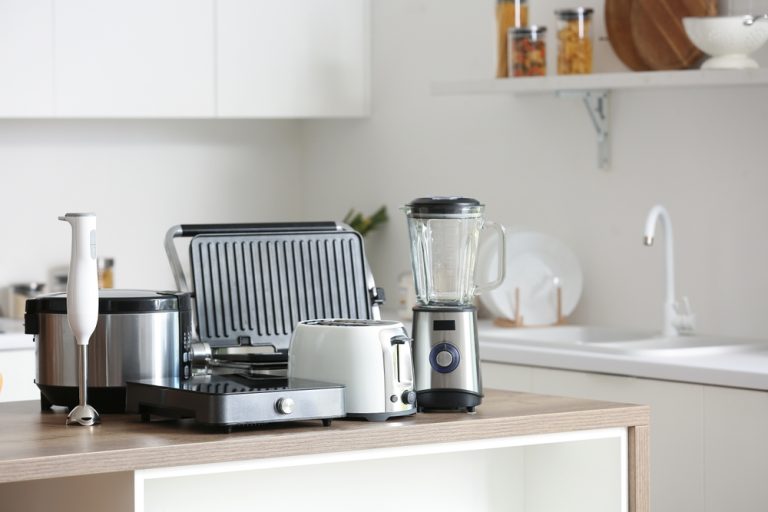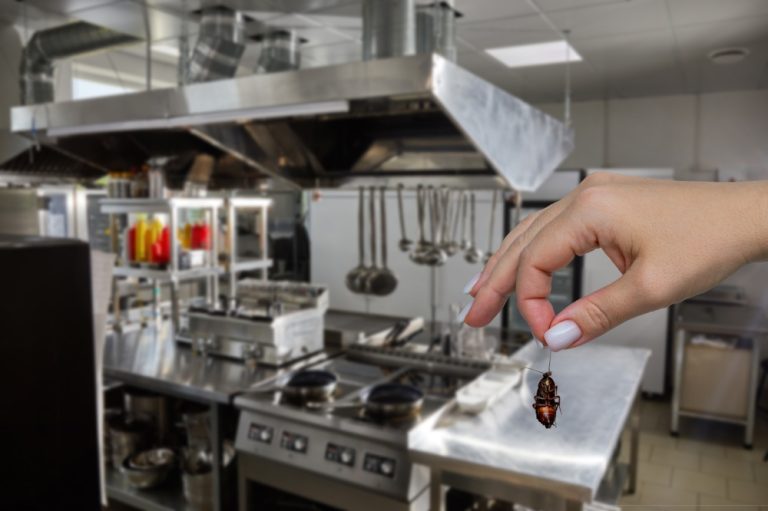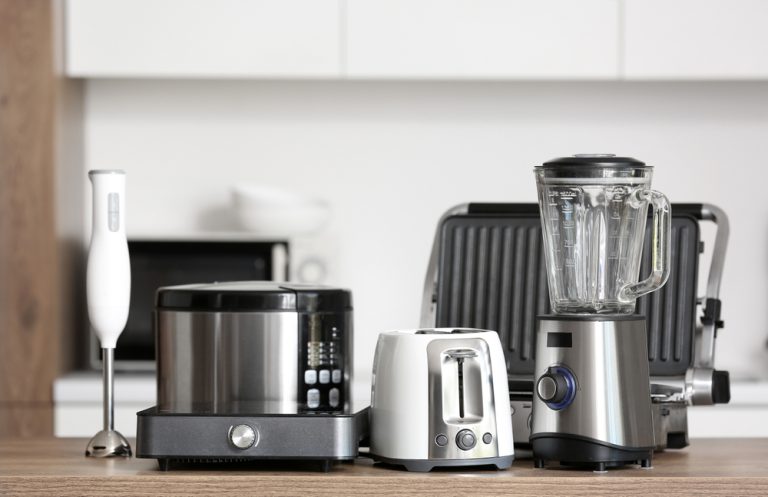Do Kitchen Appliances Need to Match?

When designing or upgrading a kitchen, many homeowners face the dilemma of whether their appliances should match. The question of do kitchen appliances need to match stems from the desire for a cohesive and harmonious kitchen aesthetic. But with modern trends leaning toward personalization and eclectic styles, does matching still matter?
In this blog, we’ll explore the pros and cons of matching kitchen appliances, why it might not always be necessary, and how to make your kitchen look stylish and unified even with different appliance finishes.
The Tradition of Matching Appliances
Traditionally, matching kitchen appliances was the standard approach. For decades, homeowners preferred a consistent look where the refrigerator, stove, dishwasher, and other appliances shared the same finish—whether that was stainless steel, black, or white. This method created a uniform, polished appearance that signaled careful attention to design details.
Why Matching Was Popular?
- Clean, Consistent Look: Matching appliances helped create visual consistency, making the kitchen appear well-coordinated and organized.
- Resale Appeal: Potential homebuyers often looked for kitchens where the appliances matched, believing that a cohesive look meant the homeowner had invested in quality.
Do Kitchen Appliances Need to Match in Modern Kitchens?
Today, the answer to do kitchen appliances need to match is less clear-cut. While matching appliances can still create a seamless and balanced look, modern kitchen design trends have embraced more diversity in finishes. Mixing and matching appliances can add a layer of interest and character to your kitchen, allowing you to personalize the space without sacrificing functionality.
Why Matching Isn’t Always Necessary?
- Design Flexibility: Mixing finishes allows homeowners to incorporate appliances with different textures or colors, creating a more dynamic and personalized look. For example, a bold-colored range or matte black refrigerator can add an interesting focal point.
- Practical Upgrades: If one appliance breaks or becomes outdated, replacing it with a new model from a different brand or in a different finish may be more affordable than replacing all your appliances at once.
Also Read – Are KitchenAid Appliances Good?
The Pros of Matching Appliances
For those who still prefer a coordinated look, there are undeniable advantages to matching kitchen appliances. Understanding these benefits can help answer the question, do kitchen appliances need to match for your specific needs.
Visual Uniformity
A kitchen with matching appliances creates a visually harmonious space. If your kitchen follows a sleek, minimalist design or you’re aiming for a high-end look, matching appliances can contribute to the overall sophistication. Matching stainless steel or black appliances, for example, can bring a sense of order to a room, reducing visual clutter.
Simplifies Shopping
Buying matching appliances from the same brand can simplify the shopping process. Many manufacturers offer appliance packages where you can purchase a matching refrigerator, stove, dishwasher, and microwave at a discounted rate, making it easy to equip your kitchen with cohesive appliances in one go.
Higher Resale Value
If you plan to sell your home in the near future, a kitchen with matching appliances may be more appealing to potential buyers. People often associate matching appliances with a well-maintained and high-value kitchen.
The Case for Mixing Appliances
So, do kitchen appliances need to match in today’s design landscape? More and more designers are arguing that they don’t. Mixing appliances has become a popular trend in modern kitchens, offering a creative and personalized approach to design.
Creates Visual Interest
One of the main reasons homeowners choose to mix appliances is to create visual interest. A colorful refrigerator paired with stainless steel ovens can act as a focal point in the kitchen. This combination draws attention and gives the space character, making it feel more unique and less cookie-cutter.
Flexibility in Replacements
Mixing appliance finishes also allows greater flexibility when it comes to replacements. If your dishwasher breaks down or your oven needs upgrading, you can choose the best model available without worrying about matching the rest of your appliances. This approach saves money and reduces the pressure to replace all your kitchen appliances at once.
Personalization
With today’s variety of finishes—from matte black to glossy white to retro-colored appliances—mixing and matching allows you to customize your kitchen to reflect your personality. Whether you prefer a modern industrial look or a warm, vintage feel, combining different appliance styles can enhance your kitchen’s overall vibe.
How to Mix and Match Appliances Without Sacrificing Style?
If you decide that your kitchen doesn’t need matching appliances, there are ways to ensure that the space still feels cohesive and stylish. Here’s how to mix and match your appliances without creating visual chaos:
Stick to a Color Palette
Even if your appliances don’t match perfectly, sticking to a cohesive color palette can help tie everything together. For instance, stainless steel and black appliances work well together because they are both neutral and sleek. Similarly, combining white appliances with wood accents can create a warm, cohesive feel in more rustic or farmhouse-style kitchens.
Match Finishes or Hardware
One trick to making mismatched appliances feel more unified is to match their finishes or hardware. For example, if you have a stainless steel refrigerator but a matte black stove, consider choosing matching brushed metal handles or knobs to create a sense of unity.
Create a Focal Point
Choose one statement appliance, such as a bold-colored range or retro-style refrigerator, and let it stand out as the focal point. The rest of your appliances can have more subdued finishes, allowing the statement piece to shine without overwhelming the space.
Integrate Cabinetry
Panel-ready appliances, such as dishwashers or refrigerators, can be customized with cabinetry that matches the rest of your kitchen. This approach hides the appliance’s true finish, allowing you to mix and match without visually disrupting the room’s aesthetic.
Matching Appliances in Open-Concept Kitchens
In open-concept kitchens that flow into other living areas, the question of do kitchen appliances need to match becomes even more relevant. In these spaces, appliances are often more visible from the living or dining areas, which may increase the desire for a cohesive, polished look.
Matching for a Seamless Transition
In an open-concept kitchen, matching appliances can help create a seamless transition between the kitchen and surrounding areas. This is particularly important if your home has a modern, minimalist style where visual consistency is key.
Mixing for a Personalized Space
On the other hand, mixing appliances in an open-concept space can add personality and warmth to the room. If your home leans more toward an eclectic or vintage style, combining different finishes can give the kitchen a welcoming and lived-in feel that aligns with the rest of your décor.
Conclusion
So, do kitchen appliances need to match? The answer depends largely on your personal preferences and the overall design goals for your kitchen. While matching appliances offer a clean, cohesive look that appeals to many homeowners, mixing and matching appliances is a growing trend that allows for more creativity, flexibility, and personalization.
Whether you choose to go for a uniform appearance or embrace a more eclectic mix of finishes, the key is to ensure your kitchen reflects your style while remaining functional. Ultimately, both approaches can create beautiful, stylish spaces as long as they’re thoughtfully executed.






